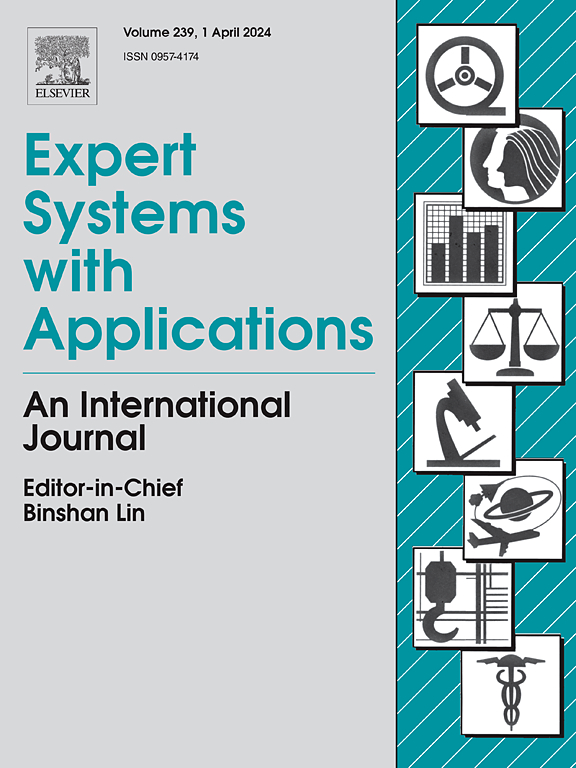从多因素角度将混合频率建模融入变压器结构的碳价预测模型
IF 7.5
1区 计算机科学
Q1 COMPUTER SCIENCE, ARTIFICIAL INTELLIGENCE
引用次数: 0
摘要
以往的碳价格预测研究大多局限于同频预测,忽略了混合频数据建模方法的预测有效性。因此,为了填补这一研究空白,提高碳价格预测的准确性,本研究提出了一种整合多外部因素、深度学习和混合频率建模的新型混合预测模型。首先,本研究从能源商品、市场指标、经济指标、环境指标四大类影响因素中引入22个变量,采用特征选择方法对数据进行降维,得到输入因素。随后,本研究创新性地将混合频率数据采样回归(MIDAS)方法引入到Transformer架构中,构建混合预测模型,即多因素Transformer-MIDAS模型,利用高频输入因素实现低频碳价的混合预测。结果表明,该混合模型对广东和上海两个碳价格数据集的预测结果具有较强的稳健性,平均绝对误差分别为1.14和0.86,平均绝对百分比误差分别为1.52%和1.40%,显著优于基准模型。这些实验结果证实了所提出混合模型的实用性,验证了混合频率建模方法可以有效地利用混合频率数据中丰富的预测信息,实现及时预测。本文章由计算机程序翻译,如有差异,请以英文原文为准。
A novel carbon price forecasting model integrating mixed-frequency modeling into the transformer architecture from a multi-factor perspective
Previous carbon price forecasting studies are mostly limited to the same-frequency prediction, and the predictive validity of the modeling approach using mixed-frequency data has been neglected. Therefore, to fill this research gap and enhance the accuracy of carbon price prediction, this study proposes a novel hybrid forecasting model by integrating multiple external factors, deep learning, and mixed-frequency modeling. Firstly, this study introduces twenty-two variables from four categories of influencing factors, including energy commodities, market indicators, economic indicators, and environmental indicators, and the feature selection method reduces data dimensionality to obtain the input factors. Subsequently, this study innovatively incorporates the mixed-frequency data sampling regression (MIDAS) into the Transformer architecture, and constructs the hybrid forecasting model, i.e., the multi-factor Transformer-MIDAS model, which realizes the mixed-frequency prediction of the low-frequency carbon price by using the high-frequency input factors. Furthermore, relevant experiments are designed and the results show that the proposed hybrid model can robustly predict the two carbon price datasets for Guangdong and Shanghai with mean absolute errors of 1.14 and 0.86, while the mean absolute percentage errors are 1.52 % and 1.40 %, respectively, which significantly outperforming the benchmark model. These experimental results confirm the practicality of the proposed hybrid model, and verify that the mixed-frequency modeling approach can efficiently exploit the rich predictive information in the mixed-frequency data to achieve timely prediction.
求助全文
通过发布文献求助,成功后即可免费获取论文全文。
去求助
来源期刊

Expert Systems with Applications
工程技术-工程:电子与电气
CiteScore
13.80
自引率
10.60%
发文量
2045
审稿时长
8.7 months
期刊介绍:
Expert Systems With Applications is an international journal dedicated to the exchange of information on expert and intelligent systems used globally in industry, government, and universities. The journal emphasizes original papers covering the design, development, testing, implementation, and management of these systems, offering practical guidelines. It spans various sectors such as finance, engineering, marketing, law, project management, information management, medicine, and more. The journal also welcomes papers on multi-agent systems, knowledge management, neural networks, knowledge discovery, data mining, and other related areas, excluding applications to military/defense systems.
 求助内容:
求助内容: 应助结果提醒方式:
应助结果提醒方式:


